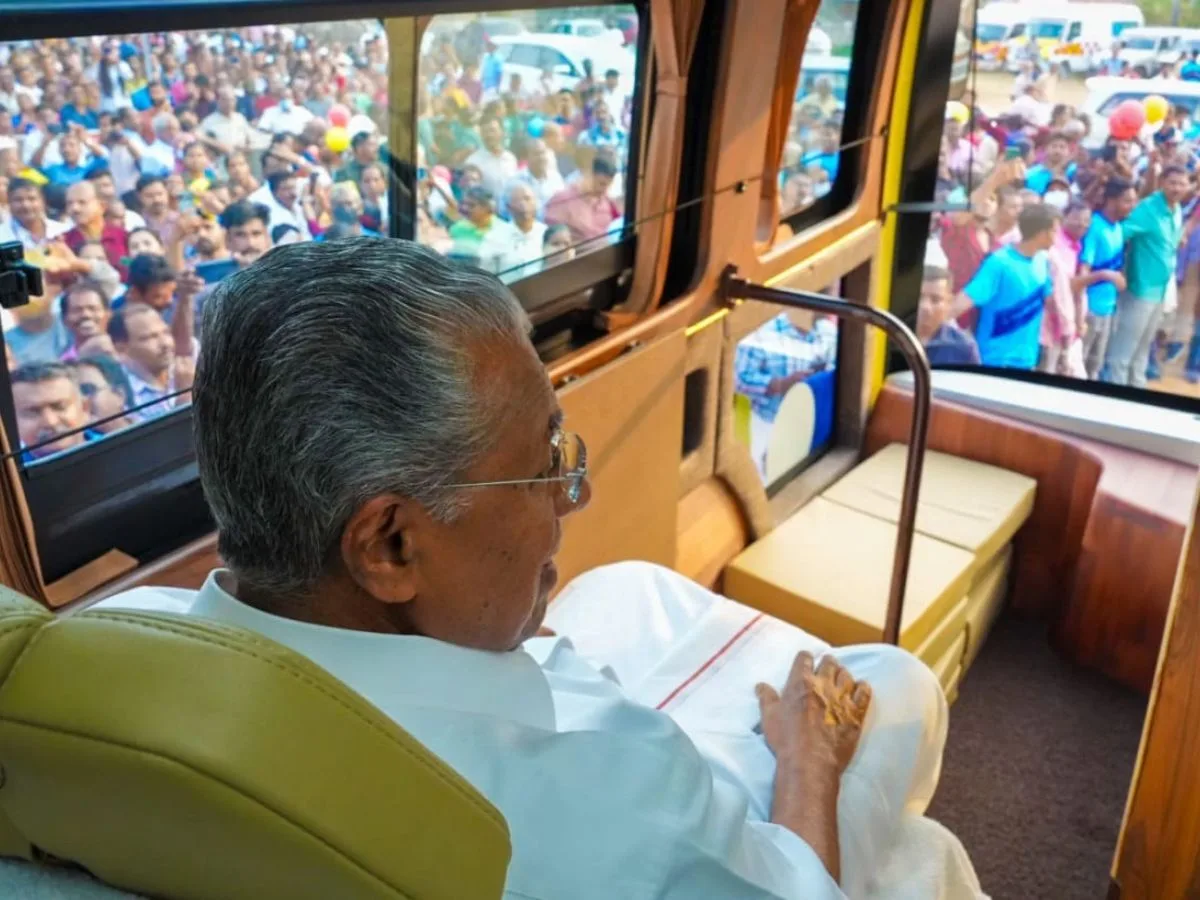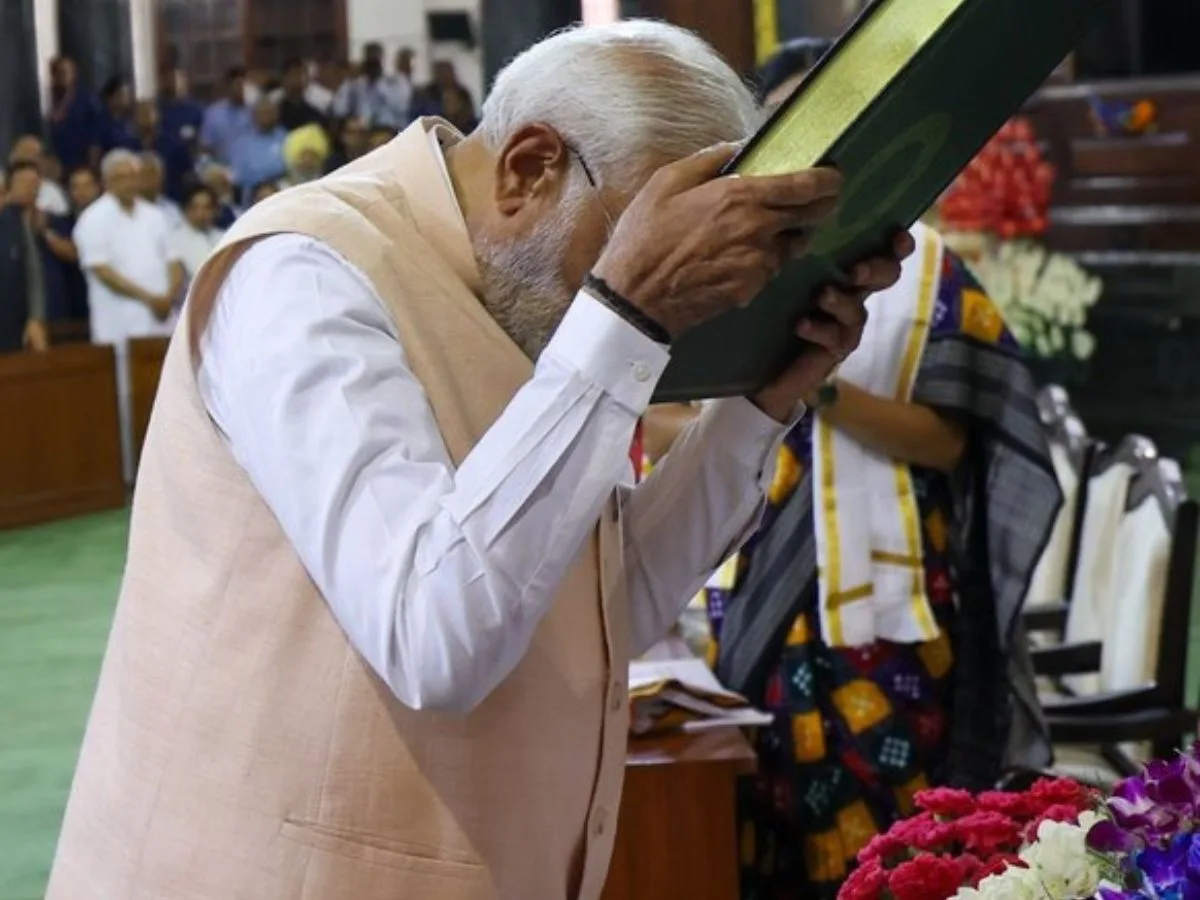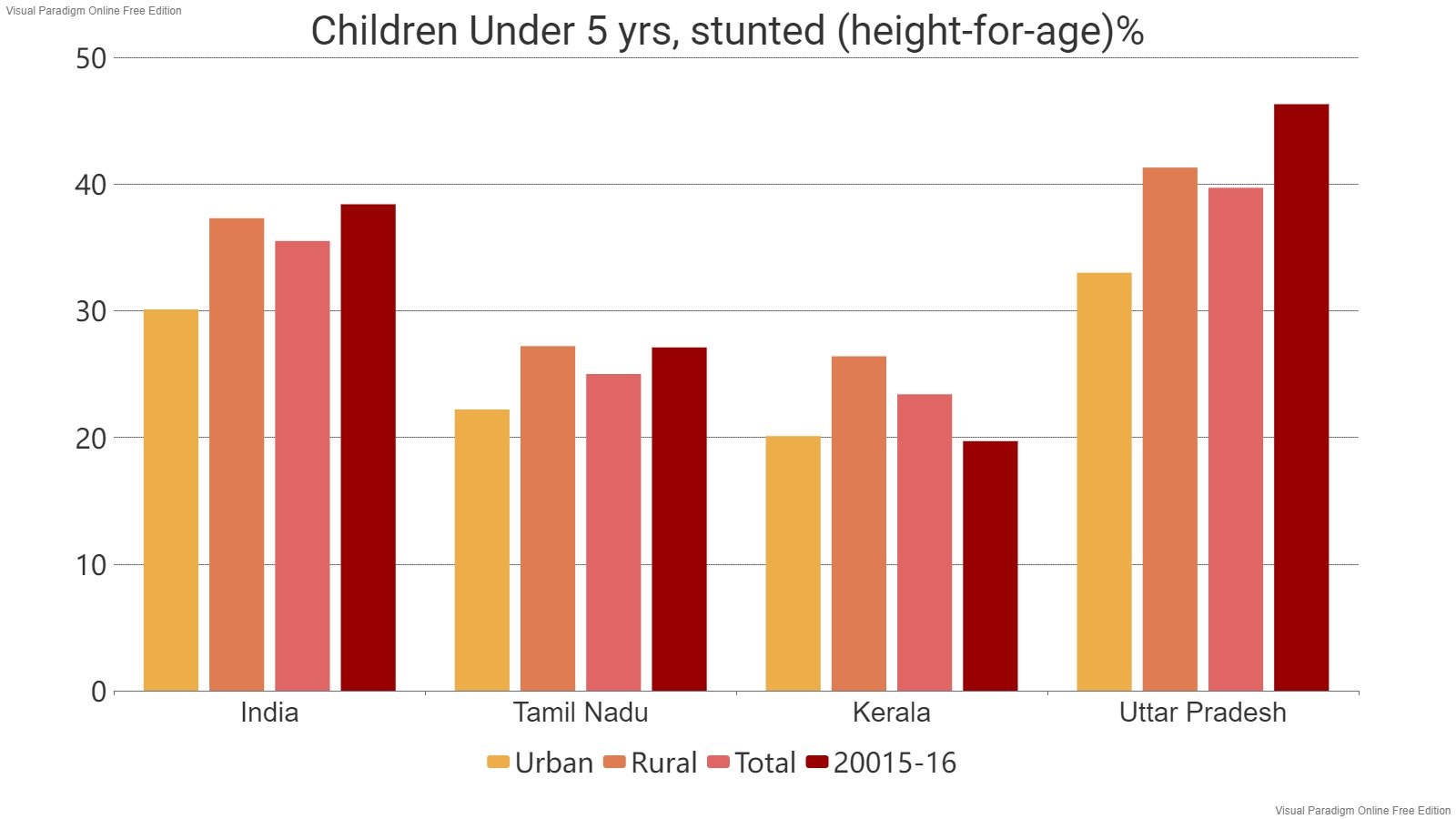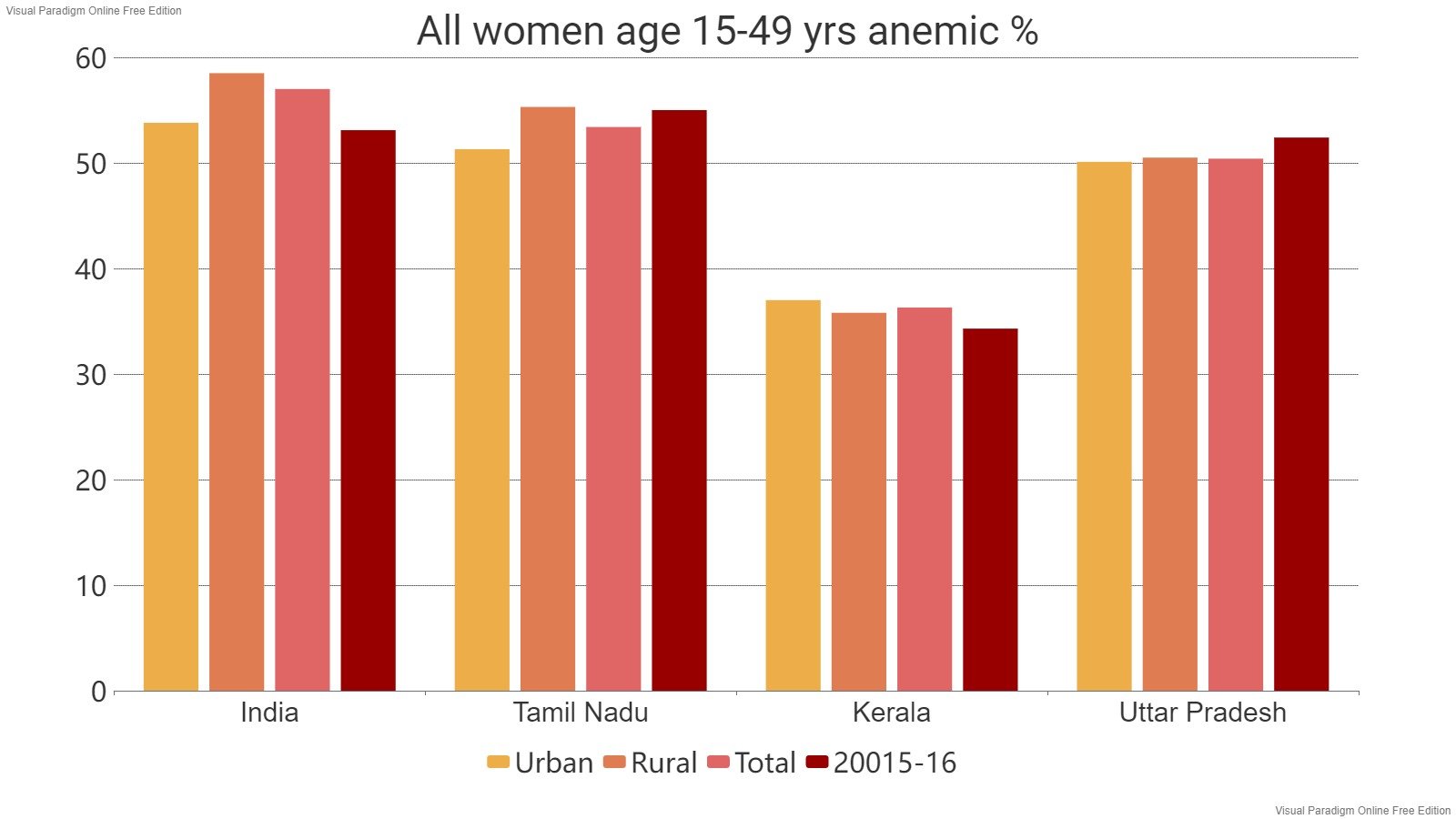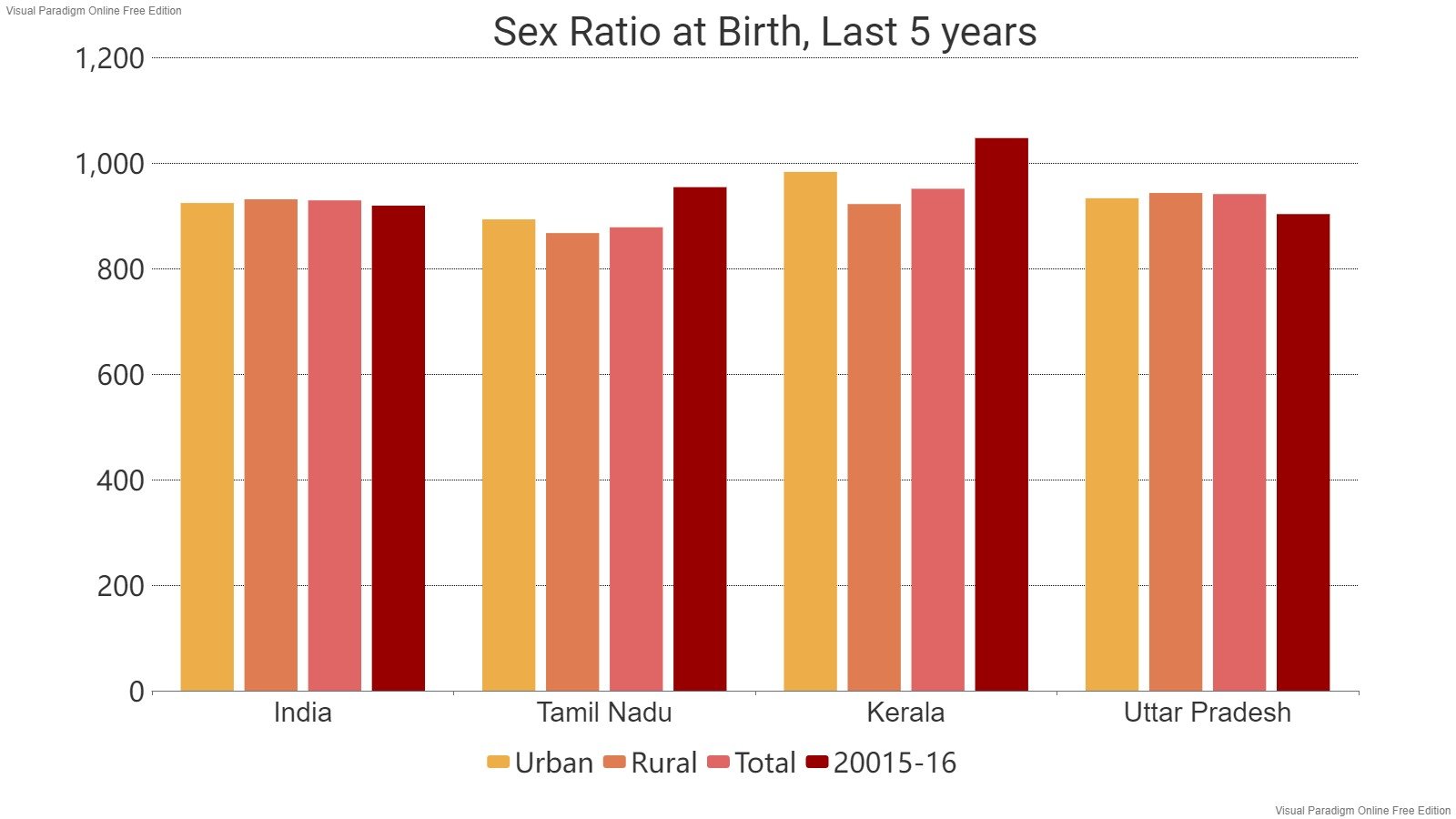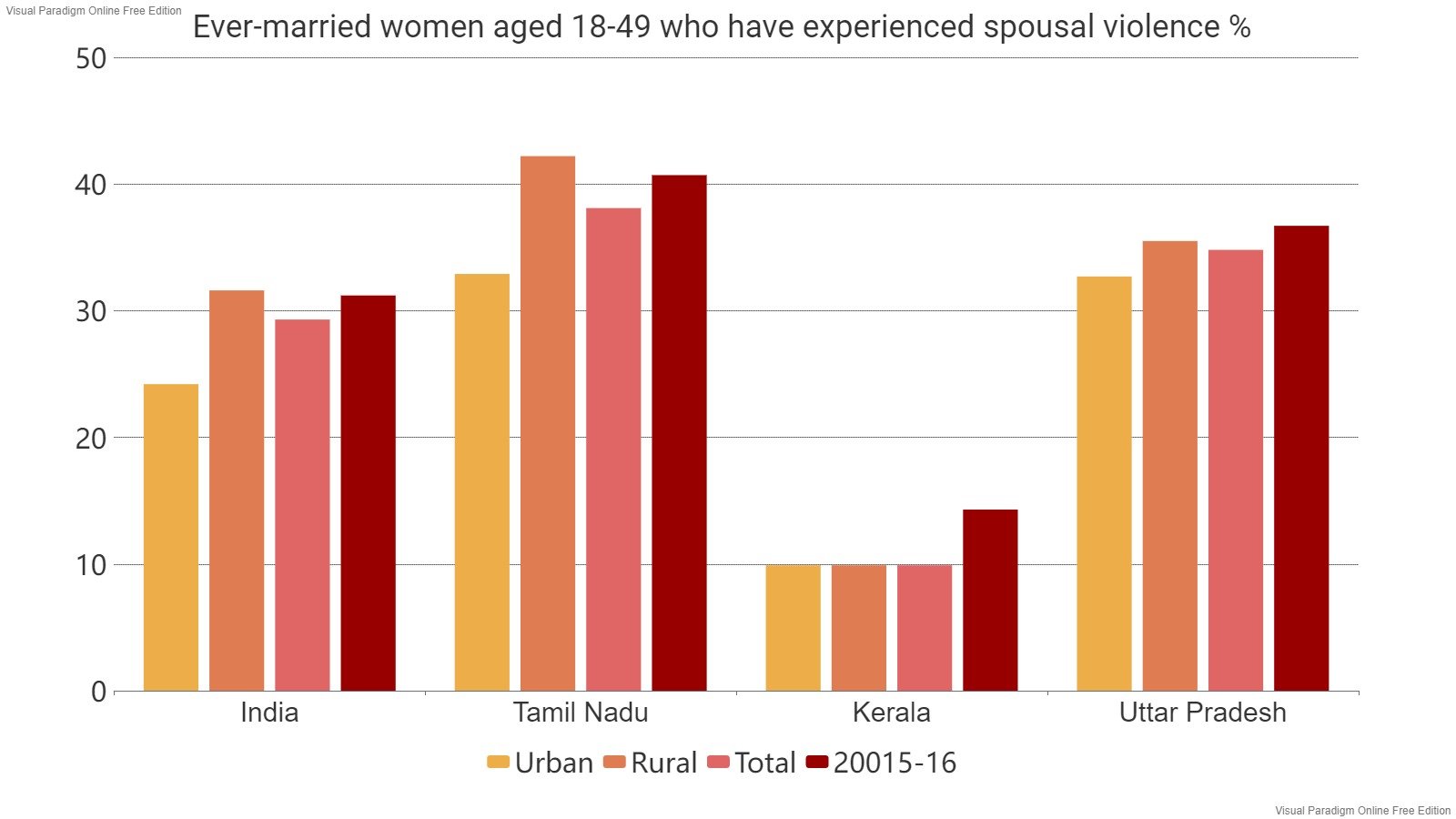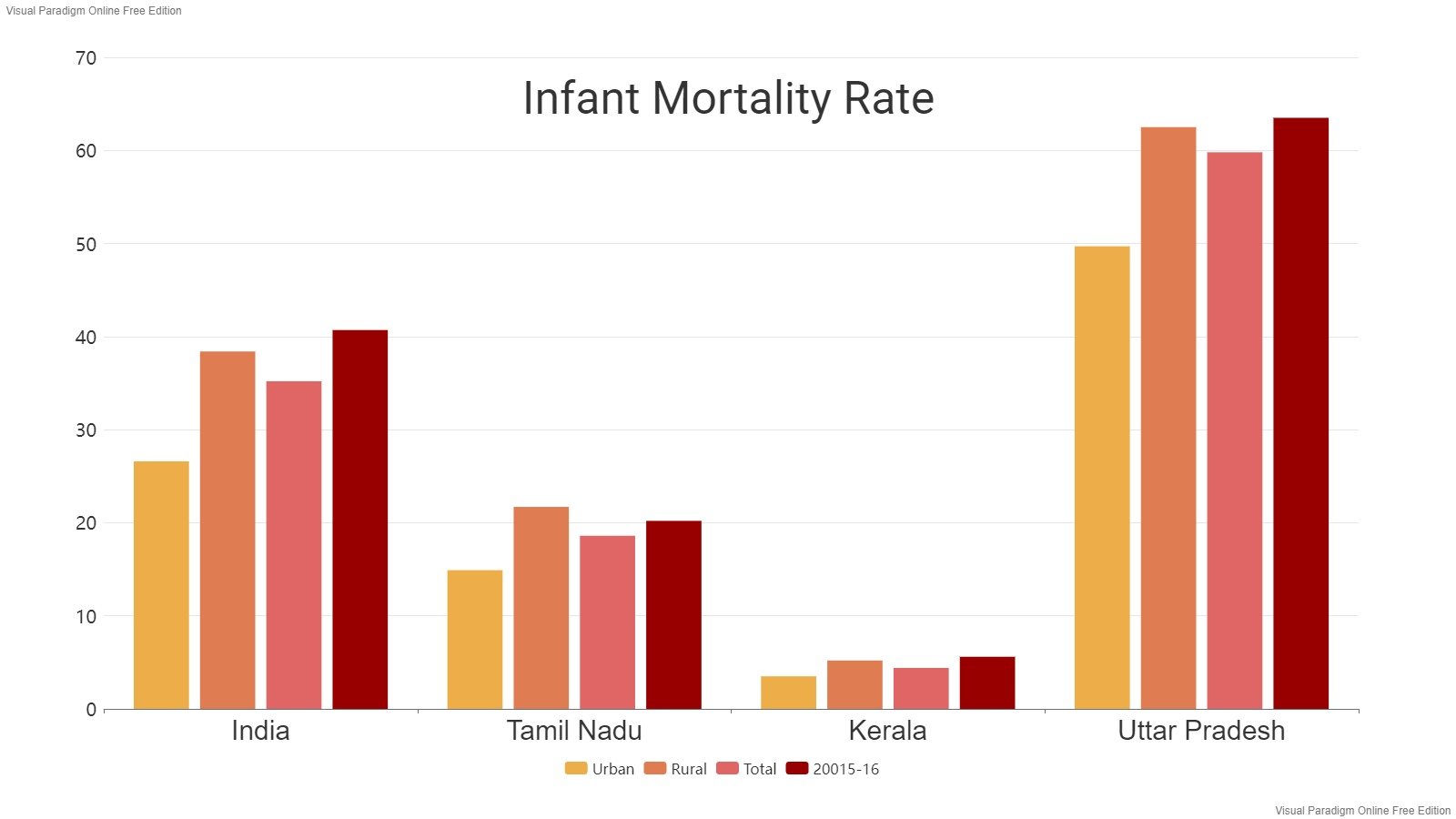Read in : தமிழ்
Even though archaeological excavations have been conducted in various parts of India since the Independence, archaeology remained a subject confined to researchers and scholars until a decade ago. However, things have changed today. The popularity of social networking sites and formation of amateur heritage groups has infused a fresh perspective on the subject outside the academic community. However, even today, many studies on heritage and history that appear in the academic journals don’t reach the public.
It was to bridge this gap that the Krishnagiri District Historical Research Centre launched a bilingual (English and Tamil) journal, Sasanam, in 2019. As the fifth volume of Sasanam hits the stands, editor Sugavana Murugan said he was “happy that the biannual publication could throw light on the sites where excavations are underway in Tamil Nadu.”
One such site is Adichanallur, in Tuticorin district of Tamil Nadu, famous for its Iron Age urn-burials. In the current volume of Sasanam, T. Arunraj, V.P. Yathees Kumar, and V. Muthukumar of the Archaeological Survey of India (Trichy Circle) have written on fresh excavations at the Iron Age site. The newly-established ASI Trichy Circle resumed fresh archaeological excavations at Adichanallur on October 10, 2021 after a gap of 17 years. The entire mound has been divided into three localities (A, B & C) based on the geographical and archaeological features.
“The main aim of the present excavation is to restudy the material vestiges and cultural sequences. The archaeological findings unearthed recently are undergoing separate scientific analysis. We are waiting for the results,” write the authors. The paper explains every stage of the excavation conducted at Adichanallur with high-resolution photographs and illustrations.
As the fifth volume of Sasanam hits the stands, editor Sugavana Murugan said he was “happy that the biannual publication could throw light on the sites where excavations are underway in Tamil Nadu.”
Even though newspapers and magazines carry articles based on press notes released immediately after an excavation, most are inadequate. And here’s where archaeological journals such as Sasanan come in, according to Murugan, ahero stone expert, who has documented hero stones in Dharmapuri and Krishnagiri districts of Tamil Nadu..
“I have been telling the authors to avoid academic jargon as far as possible in the articles that they contribute to us. We want Sasanan to play a mediatory role between serious academic journals and half-baked newspaper articles,” he said.
Another article in the latest volume, titled “Pictographs, Petroglyphs and Palani Hills”, ASI scholars R.N. Kumaran, M. Saranya and P. Murugan say, “The geographical isolation of the Palani Hills, an off-shoot of the Western Ghats, has favoured the growth of district type of cultural landscape with varied flora and fauna.’ The authors talk about 17 sites, mostly rock dwellings and caves, in the Palani hHills where instances of prehistoric rock art is found.
Also read:
Remembering Akilan, Jnanpith award winner, on his birth centenary
Recasting the many facets of Subramania Bharati- poet, activist and freedom fighter
“The paintings of the Palani hills are varied in nature and depict various activities of humans which early man encountered with nature either in the form of hunting or rejoicing or mourning or trading etc. The area of drawing is generally determined by the opening of the rock shelter, and direct sunlight was avoided,” the article says.
In his paper, senior epigraphist S. Rajavelu talks about the literacy of the ancient Tamilakam in the light of scientific data and other collaborative evidence. Even though the earliest evidence for written documents in India was recovered from the sites of the Indus Valley in the form of seals, the 400 odd seals bearing the symbols with the pictographs have not been deciphered successfully so far. However, according to Prof. Rajavelu, scholars are of the opinion that the Harappan culture is the Dravidian culture and the scripts found on the seals are nothing but a proto-Dravidian script especially relating to the Tamil language.
“If the script could be successfully deciphered and accepted, then the history of India on the basis of written records must have begun around 6,000 years before the present. Till then we have to depend upon the depiction that the ‘Tamili’ (Tamil-Brahmi) script, which was prevalent in Tamil Nadu and Kerala around 600 BCE, is the earliest script in India and was the mother of Pan Indian scripts including the Brahmi script of Sri Lanka of the 4th century BCE,” he said.
Even though there are many history and archaeology journals published in neighbouring Kerala and Karnataka, this is the first of its kind in Tamil Nadu.
According to Prof. Rajavelu, although a large number of sites relating to the epics Ramayana and Mahabharata sites have been excavated in the northern part of India, starting from the time of the British archaeologists, none of the sites yielded ‘Brahmi’ script on the pottery. “It shows that the people of north India did not have any kind of writing system till the 4th century BCE,” he added.
The current edition of Sasanam has 13 papers and articles in English and nine papers in Tamil. Murugan remains focused on his goals for the journal. Even though there are many history and archaeology journals published in neighbouring Kerala and Karnataka, this is the first of its kind in Tamil Nadu.
“With the rise of the Internet and the advent of blogs, the act of publishing and releasing magazines in print has become quite expensive. We have printed the journal using high-quality paper so that it will be preserved for researchers as well as lay readers,” he signed off.
Read in : தமிழ்




